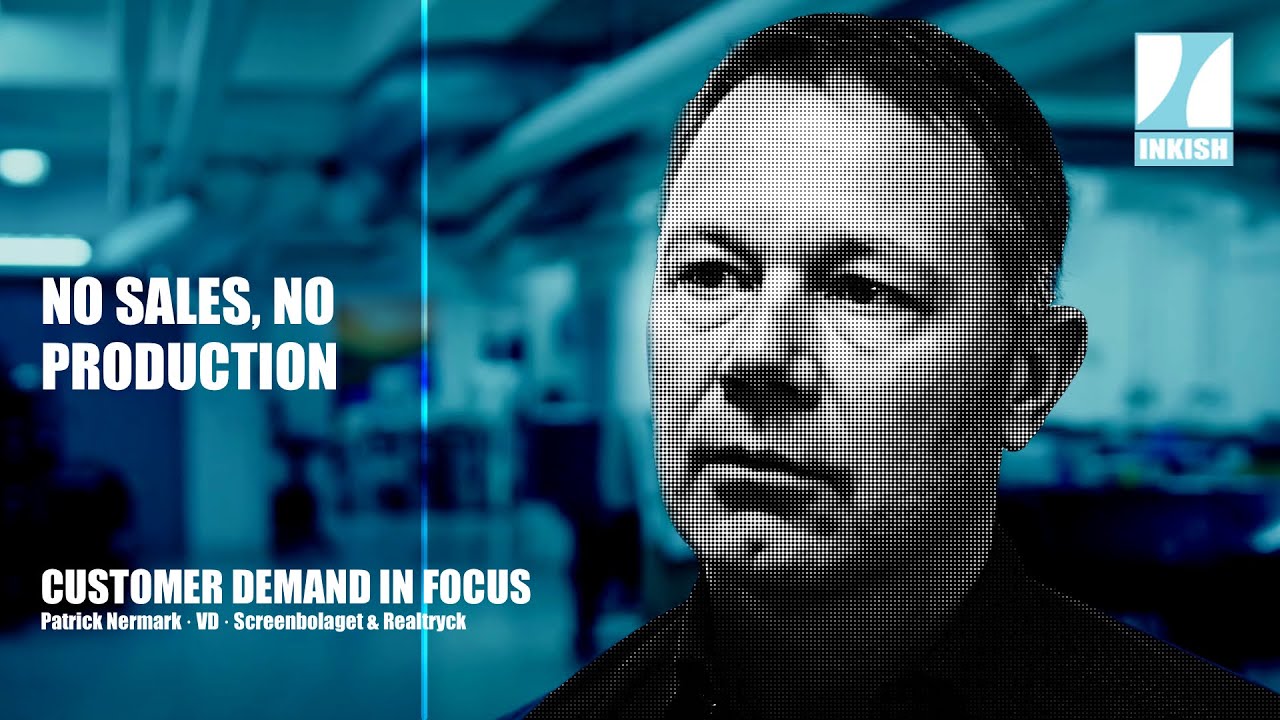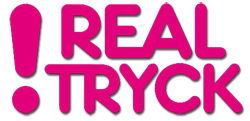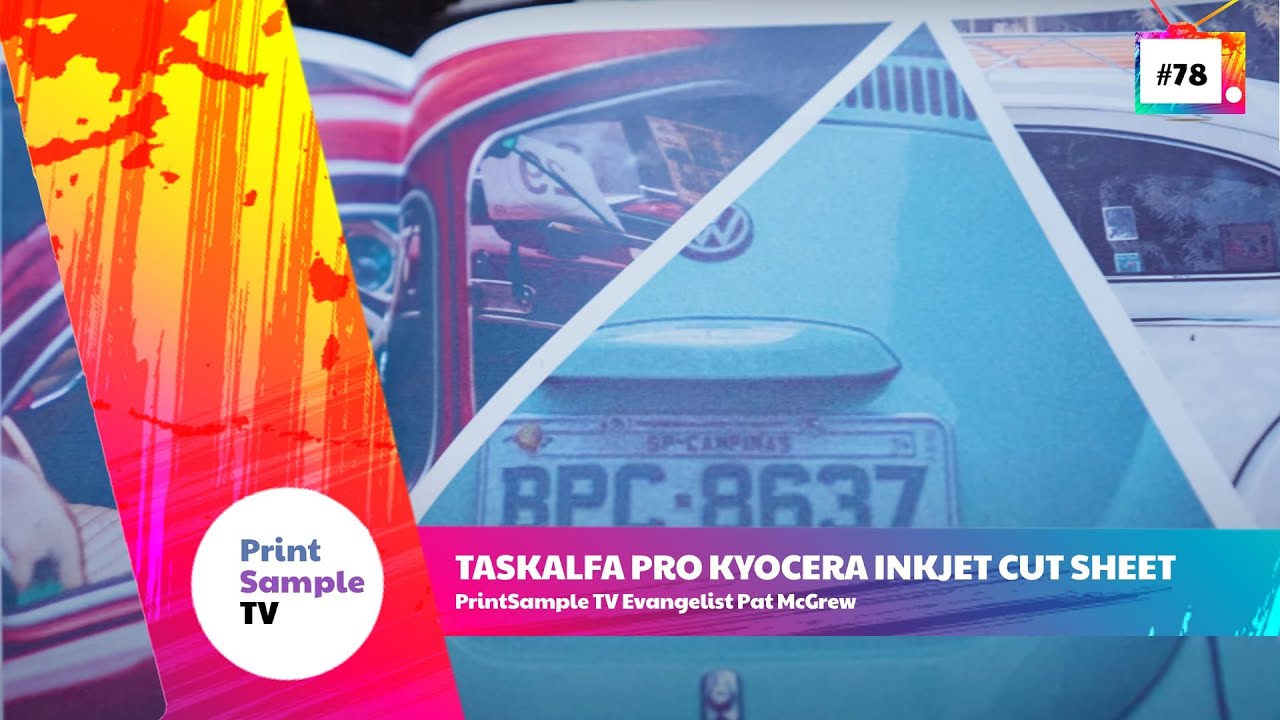Realtryck & Screenbolaget is a successful Swedish printing company located in the suburbs of the Swedish capital Stockholm. The company have specialised in the print on plastic, cardboard, and campaign materials in both digital and offset. The company see higher competition than in the past but are still very successful in the Swedish market. Realtryck and Screenbolaget have an amazing showroom where customers can see some of the many applications possible to produce.
In this INKISH film, CEO Patrick Nermark talk about the company’s history, products, investment strategies, etc.
Produced by INKISH.SWEDEN – in Swedish, with English subtitles.
We are at Screenbolaget and Realtryck’s premises in Hägersten, Sweden. Screenbolaget was formed in 1982. Later Screenbolaget acquired Realtryck in 2005 and since then Screenbolaget & Realtryck. We have a turnover of about 110 million (SEK) and are about 50 employees.
Plastic and cardboard boxes on above all. The paper goes well but as part of larger campaigns, for example. But we’re not focused on print on paper. We really help our customers to be visible, to put it simply, and the tools we have for that is printed matter of various kinds ranging from offset to large format, product media, and profile clothing.
It is not a special industry. We have customers from a small craftsman who needs decor on a car or a banner to major multinational brands we work with. And we have everything in between.
And I think we need everything. We’re pretty loaded when it comes to having a modern machinery park. We also have a fleet of machinery that fulfils its purpose, so we can deliver what our customers need today.
In terms of different materials and different purposes. Of course, there is a great deal of competition, and it has become much greater in the last ten years.
Large format was probably a bit of a gold mine just as offset was in the ’80s.
But the price pressure and competition have probably gone even faster in the large format part of the business than it did in the ’80s for offset.
After all, we work very much with the traditional mouth-to-mouth method, you can say.
We have a lot of customers. We do a lot of jobs, and we hope it spreads.
In addition, we work with big events and major competitions where we together with other sponsors, try to broaden our contacts, so to say.
Sales are everything, and without sales, you have no production as simple as it is.
We have always developed our services from having found customers who want certain products and from there we have developed ourselves with new types of machines, for example, and then identified customer needs.
Then we have organized and managed machines and equipment after that.
Today we have no web-to-print system, and it is simply because of our focus. It is because our products are a little outside what I would like to call standard and would not be easy to implement in a web to print solution.
I think I want to say that we have an honest view of customer value.
We are for the customer. We’re not for ourselves or our employees.
It’s something we underscore every week every month among the people who work for us, and somewhere deep down, I think we can be honest saying that customer benefits are what we put in front of everything.
I really hope so because we see other printers like colleagues who we can help with certain pieces that they may not actually have the production means to be able to handle, for example, printing in plastic.
It’s not so easy for a printer who has a paper machine. If you buy a print-press today, then you have to have a five-year perspective. But to predict what it looks like in five years is very difficult.
But somewhere between one and three years is reasonable to have a clue at least where you are going. That’s our philosophy.
No one is sadder than me that the training in Tumba is discontinued for the graphic industry.
It is enough that you get in production today. See yourself with staff
who are willing to find it exciting and then try to teach them the craft itself. One needs to be prepared for all the changes that will come and act.
Above all, to have the opportunity to act on changes.
We have a thought that we want to be the printing house of opportunity and whether I’m going to convey to you what we can do.
Then I would just say come over to us. We’ll offer you lunch and show you what we can do.
Of course, a greater degree of cooperation between companies would certainly benefit everyone. And don’t forget to be visible. Because that is really what we are doing, help our customers be more visible.

























